Cast iron or enamel: which is better?
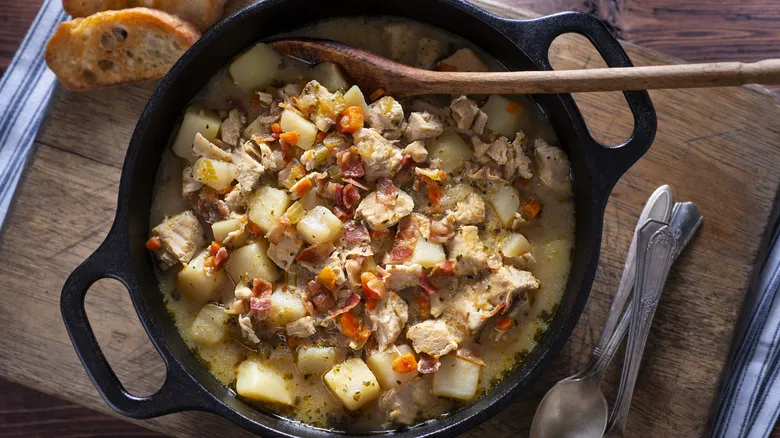
While many people refer to French ovens as Dutch ovens, the debate remains: is a traditional cast iron Dutch oven superior or inferior to its enameled counterpart? Enameled French ovens are generally easier to care for and use, as they don’t require seasoning and are resistant to rust. In contrast, cast iron must be seasoned before cooking and has specific maintenance needs to keep it in good condition. For example, when cleaning cast iron, it’s important not to soak it in water to avoid rust. However, with proper care, cast iron can last a lifetime, whereas enameled French ovens may be susceptible to scratches and cracks, particularly if they are not of high quality.
Another factor to consider is that both Dutch and French ovens can sear food, but seasoned cast iron tends to deliver a superior sear, as the enameled surface can impede browning. Additionally, enameled French ovens are typically rated for temperatures up to 500 degrees Fahrenheit, which is suitable for most baking and cooking, while cast iron can withstand any temperature.
So, which option is better? It ultimately depends on your preferences and cooking style. If you’re willing to invest time in the upkeep of cast iron, a traditional Dutch oven is a fantastic choice. On the other hand, if you prefer something that’s ready to use right away and requires less maintenance, a French oven may be the better fit for you.
Recommended
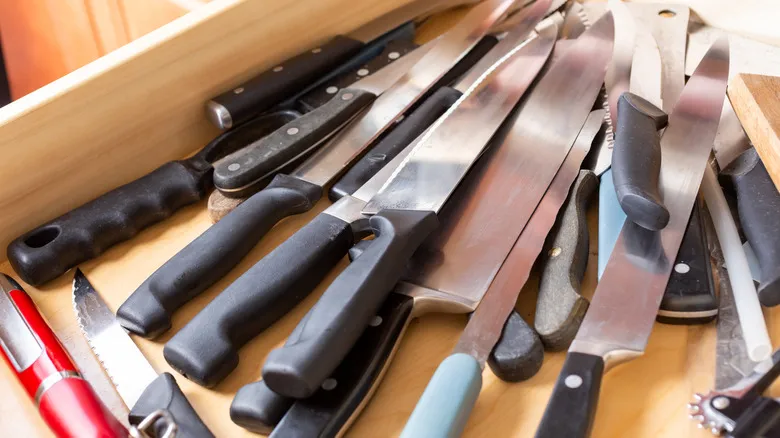
Why You Should Stop Storing Knives In That Random Kitchen Drawer
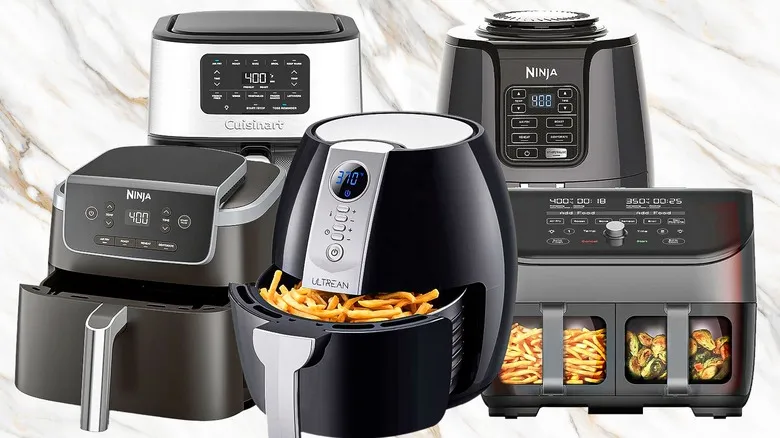
The 13 Best Air Fryers Money Can Buy, According To Reviews
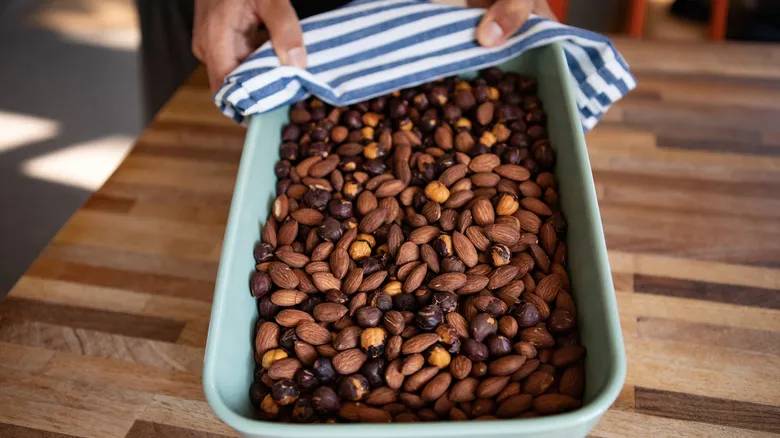
Your Microwave Might Be The Secret To Perfectly Roasted Nuts
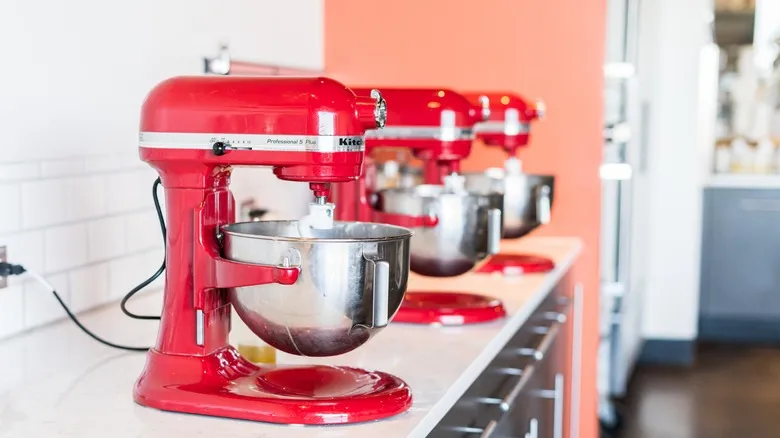
How Often Should You Clean Your Stand Mixer?
Next up

